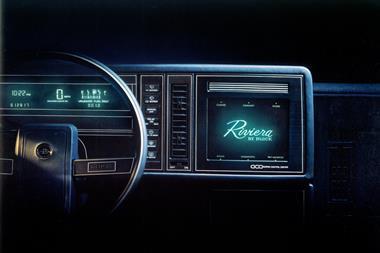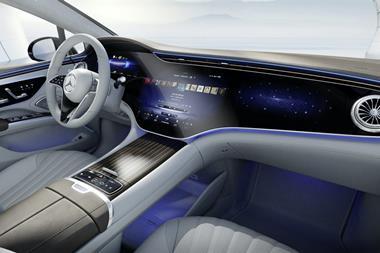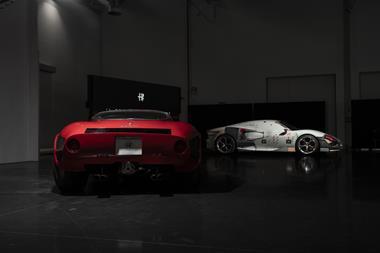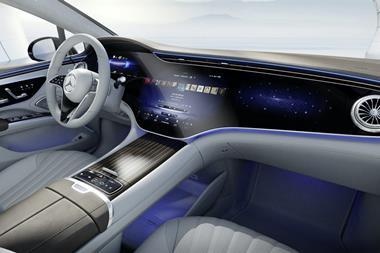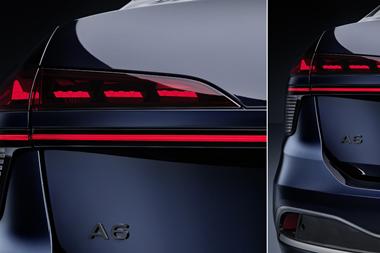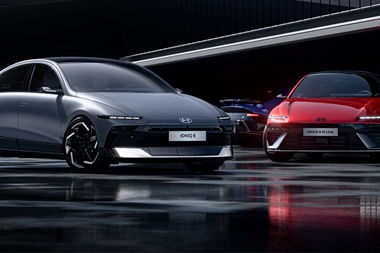State of the Screen
By Guy Bird2021-03-31T20:15:00
As technology has become more prevalent in car design, interiors have been marked by a steady proliferation of touchscreens. Guy Bird explores the near future to discover whether the black mirror is here for good
With the launch of Mercedes’ Hyperscreen in January 2021 – offering a fully digital instrument panel for the first time on its forthcoming production EQS electric limousine – it’s fair to say the idea of the infotainment screen as an ‘add-on’ car feature has come to an end.
The proliferation of in-dash car infotainment screens – whether operated by touch or not – has been steadily rising in number, complexity, and size since the 2010s, but arguably it’s only been within the last two years that they have truly come of age. As highlighted in our Car Design Review 7 yearbook, the biggest trend of 2019 by some margin was the introduction of massive screen displays. It was a logical enough progression: first, central infotainment screens got bigger to include more functionality and bigger maps – providing a certain ‘wow’ factor along the way, as witnessed in Tesla’s big, quick, and highly capable screen range – then driver displays went digital too and eventually merged with the centre screen. Add a passenger-side screen and internal side-view camera displays on each side and full-width screens became the result.



































